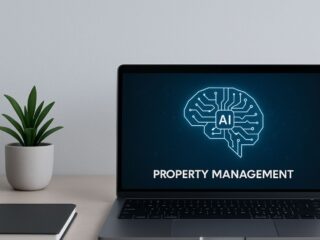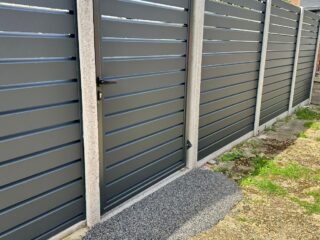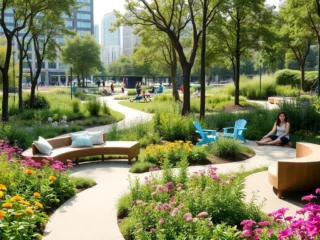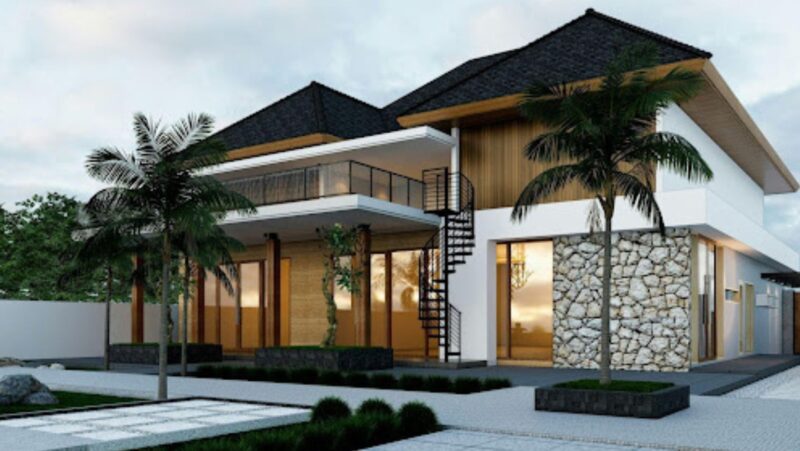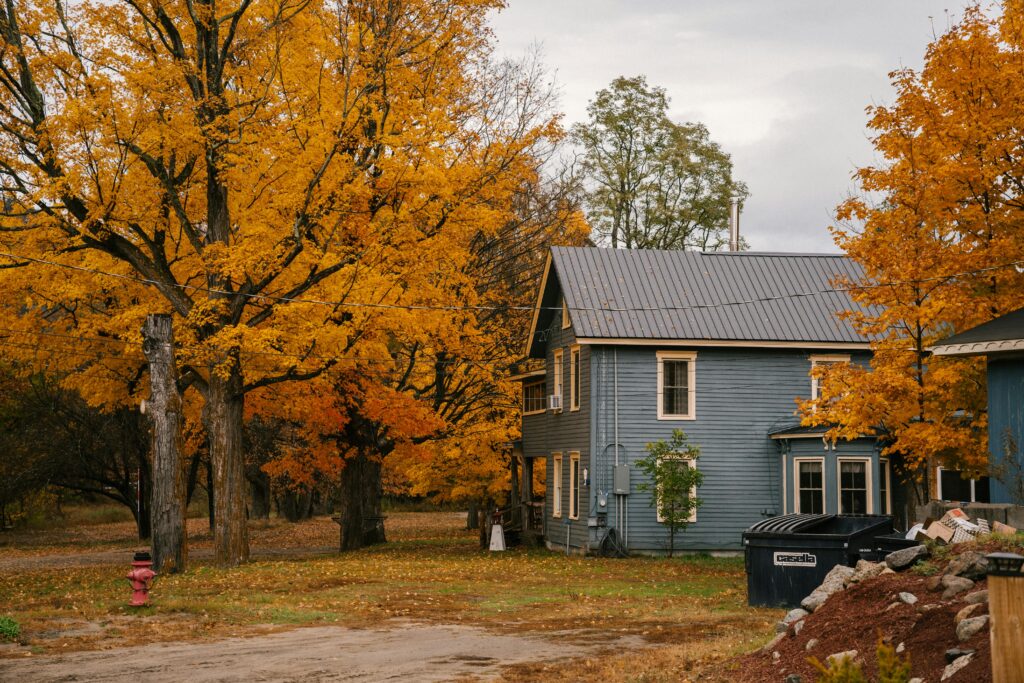
Real estate investment isn’t just about location or square footage. Architecture plays a significant role in shaping how a property is perceived, priced, and appreciated over time. Design choices, both structural and aesthetic, often have a measurable effect on market appeal and resale potential.
Insights from a property investment agency in Sydney reveal that well-executed architectural features often correlate with faster sales, reduced vacancy periods, and above-average returns. Investors who recognize the strategic value of design gain a long-term competitive edge, especially in markets where visual character, layout, and livability are as important as technical specifications.
Curb Appeal and First Impressions
The exterior design of a property sets the tone before a potential buyer or renter ever steps inside. Clean lines, balanced proportions, and thoughtful landscaping instantly communicate value and care. Buyers often associate modern façades or heritage-style details with exclusivity, even when the interior space is relatively modest.
In highly competitive markets, curb appeal can act as a silent salesperson. A well-designed exterior creates emotional attachment and a sense of pride that buyers are willing to pay for. This doesn’t require grand architectural gestures. Even subtle elements, such as materials, lighting placement, and entry path orientation, can shape perceptions.
For investment properties, exterior appeal also affects digital marketing success. Listings with striking images generate more interest and higher engagement. A compelling façade, even through a photograph, can be enough to drive higher viewing rates and shorter time on market.
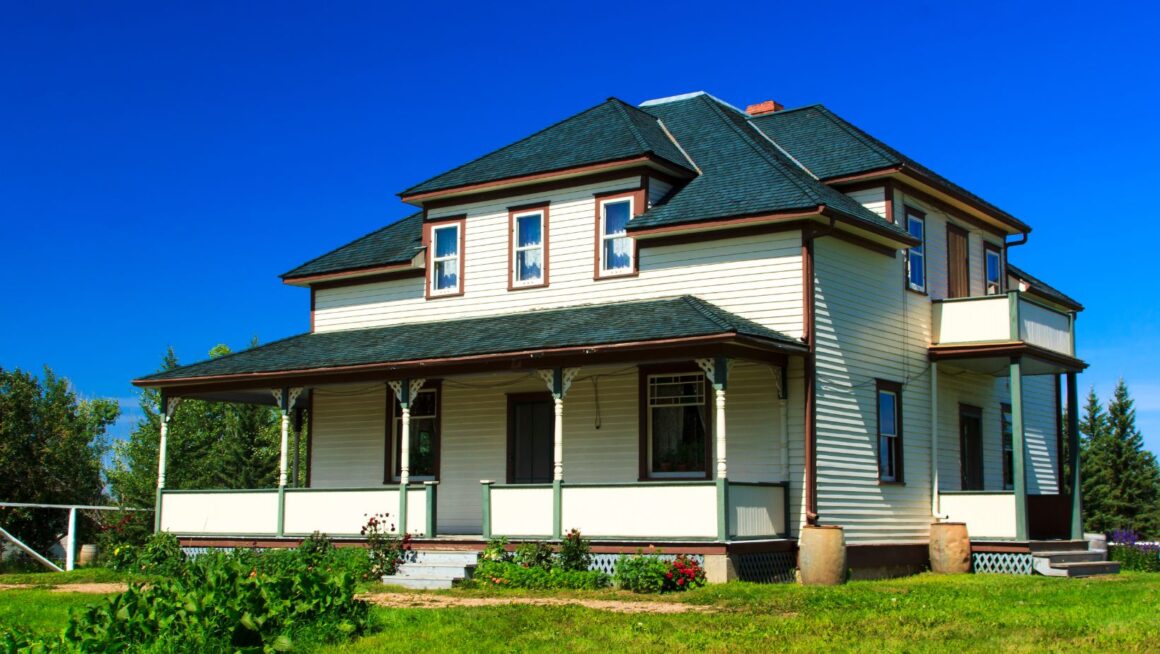
Interior Flow and Functional Layouts
Once inside, layout quality becomes the next critical metric. Open-plan spaces, logical transitions between rooms, and natural light play a central role in how a property is experienced. Investors often overlook this in favor of square footage, but the actual usability of that space is what ultimately influences livability and value.
Well-designed interiors promote better use of space, greater comfort, and a stronger emotional connection. Buyers and renters are drawn to homes that feel spacious, coherent, and adaptable to their needs. A poorly designed floor plan, even in a large unit, can make the space feel cramped or disjointed.
Investment-wise, properties with functional layouts enjoy broader appeal across demographics. A design that supports multi-generational living, home offices, or accessible bathrooms increases the pool of potential tenants or buyers. This reduces vacancy risk and positions the asset for long-term performance.
Sustainability and Energy Efficiency
Architectural design plays a direct role in a building’s environmental performance. Features such as passive solar orientation, cross-ventilation, and strategic shading reduce reliance on artificial heating and cooling systems. These elements are attractive from a cost-saving perspective and increasingly demanded by eco-conscious buyers.
Energy-efficient properties tend to retain their value better and are more resilient to future regulatory shifts. For investors, this translates into lower operating costs, government incentives, and a market-ready stance in emerging green real estate segments.
Design that incorporates solar panels, double-glazed windows, and energy-rated appliances can also attract tenants willing to pay a premium for sustainable living. Beyond compliance, smart sustainability adds prestige and futureproofs the investment in an increasingly carbon-aware market.
Flexibility and Future Adaptability
One of the most undervalued aspects of architectural design is how well a property can adapt to change. Homes that allow for extensions, conversions, or flexible-use areas become valuable assets in markets where needs evolve quickly.
Investors benefit from designs that accommodate long-term lifestyle shifts. A second living space might become a work-from-home office. A garage could be converted into a self-contained studio. Even the ability to subdivide or repurpose space adds optionality and boosts long-term return on investment.
Architects who anticipate potential reuses in the design phase offer investors more than aesthetics. They create properties that can respond to family growth or changing tenancy models without requiring costly structural changes.
Location-Specific Aesthetic Sensibilities
Design preferences vary across regions, and aligning with local expectations is essential for investment success. What sells in coastal areas may not resonate in an inner-city. Investors who prioritize architecture that reflects regional norms while still standing out subtly are more likely to see strong interest from local buyers.
This includes using materials that complement the landscape, selecting rooflines that respect the streetscape, and incorporating architectural language that mirrors the surrounding buildings. In areas with heritage overlays or strong architectural identities, ignoring these cues can actively damage resale value.
Custom homes and boutique developments that blend innovation with cultural relevance often outperform generic designs. Buyers are looking for uniqueness within a familiar framework, homes that feel tailored to their setting, not imposed on it.
Emotional Value and Lifestyle Projection
Finally, architectural design has the power to evoke aspiration. A beautiful home speaks to lifestyle goals, not just shelter needs. This emotional appeal drives value, especially in segments where buyers aren’t just calculating price per square meter but imagining their life in that space.
Architects who integrate outdoor-indoor transitions, reading nooks, natural materials, or bespoke detailing create emotional anchors. These are the features buyers remember, and they often make the difference in competitive bidding situations.
For investors, this translates into higher perceived value and stronger emotional responses during viewings. Emotional resonance accelerates decision-making, reduces negotiation friction, and increases the chances of achieving or exceeding the asking price.

